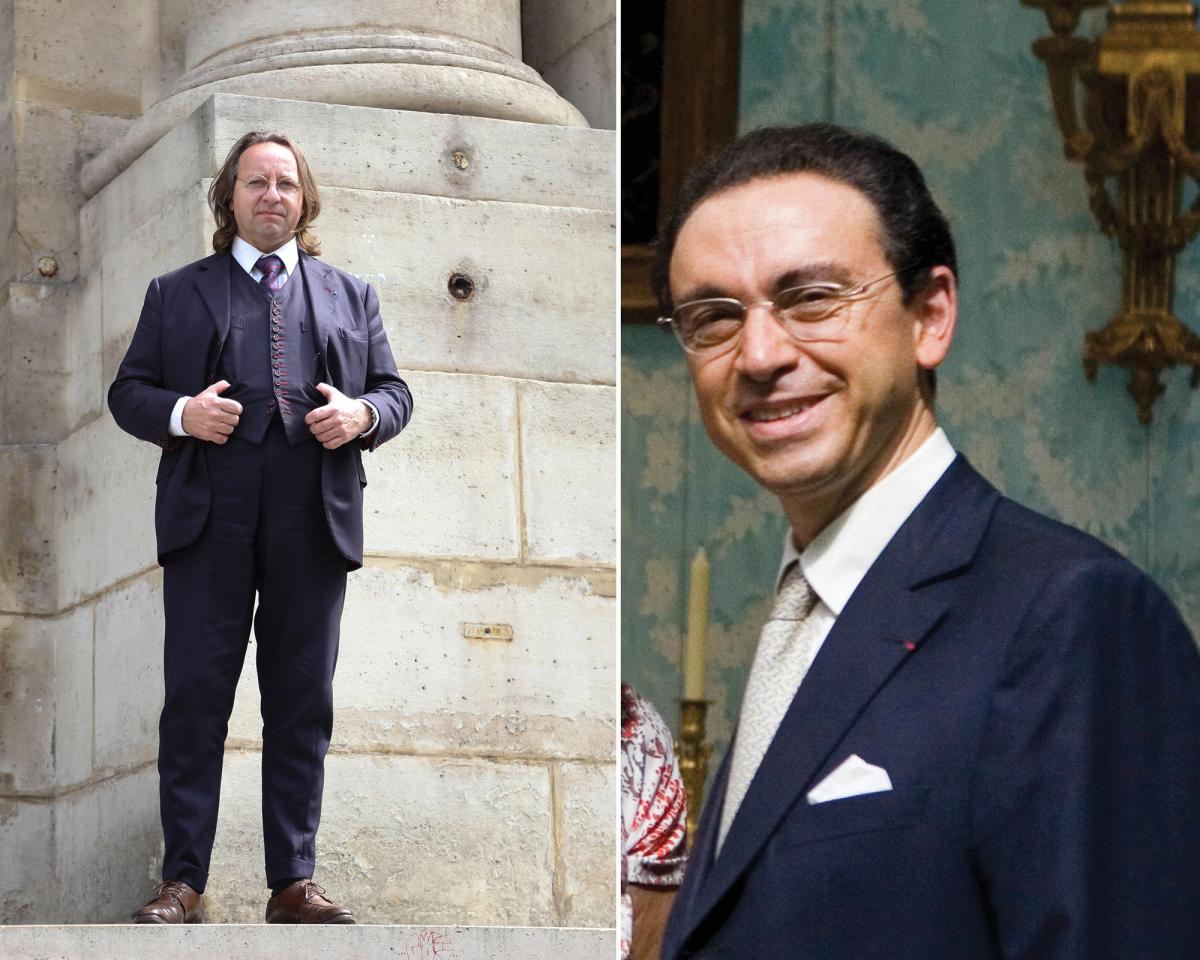Almost ten years after the start of a criminal investigation into the trafficking of forged seats presented as Louis XVI royal furniture, the French furniture expert Bill Pallot and the renowned antique dealer Laurent Kraemer are heading to trial. On 13 November, the court of Pontoise, near Paris, issued a 138-page ruling, seen by The Art Newspaper, on these forgeries—of which the Palace of Versailles was the first victim.
The date of the trial has not been fixed but proceedings will undoubtedly provide a dramatic and troubling insight into the Parisian antique furniture market that once took pride of place at the now-defunct Biennale des Antiquaires. Faked furniture, over-inflated prices, false provenances and invoices, concealed sales and unpaid taxes, hundreds of thousands of euros hidden in safes, money laundered through Swiss bank accounts and companies in Panama—these are all aspects of the ongoing saga.
Everyone admits that almost all the chairs and armchairs listed in the investigation are fakes. Even the suspected mastermind of the scam, Paris-based Pallot, made a full confession, before being jailed for five months.
Pallot, nicknamed “Le Père La Chaise”—a play on the word “chair” and the name of the famed Paris cemetery—was the main expert at Didier Aaron gallery. He was also France’s most respected specialist on royal chairs, about which he published an ouvrage de reference [reference work]. He admitted he had commissioned fake seats from a talented cabinet maker, Bruno Desnoues, at first for fun and the pleasure of fooling experts and curators. Desnoues admitted to having made the copies in exchange for half of the profit. His involvement in the swindle sent shockwaves through the Palace of Versailles, where he was the most prized restorer of the collection.
Desnoues had even been commissioned by the palace to make a copy of Louis XVI’s bed, which is not currently on show in the royal apartment because of the scandal.
Pallot is accused of having sold or tried to sell a dozen gilded seats, copied from those made for Marie Antoinette, queen of France, and Madame du Barry, and bearing fake signatures of prominent craftsmen such as Delanois, Georges Jacob or Nicolas-Quinibert Foliot. Through middlemen, they were sold to the Kraemer and Aaron galleries, and put up for sale at Sotheby’s and other auctioneers. From there, they ended up at the Palace of Versailles and in the hands of collectors including Prince Hamad al Thani and Hubert Guerrand-Hermès. Sotheby’s refunded its buyers.
The Kraemer gallery, which, via a friend of Bill Pallot, had bought a pair of fake Marie Antoinette chairs for €200,000 and resold them for €2m, reimbursed Prince Al Thani, who had acquired them. Before this sale, the fakes had been declared a “national treasure” by France's culture minister at the request of the Palace of Versailles, which eventually declined to buy them.
The court has, however, decided to drop the most serious charges of gang fraud, concluding that there was no collusion between the accused parties. Instead, Pallot and Desnoues face the lesser charge of commercial fraud as well as money laundering. The court found that Kraemer was unaware of the forgeries and never had any direct contact with Pallot. Nonetheless, he stands accused of negligence and of having fabricated provenances.
An investigation by the culture ministry's central administration stated that the curator of the Palace of Versailles—Gérard Mabille—had shown “serious failings” in the verification of the authenticity and origins of the furniture (Mabille was not charged in relation to the forgeries.) As a result of the administrative investigation, the culture minister made some minor changes to acquisitions procedures at the palace.


